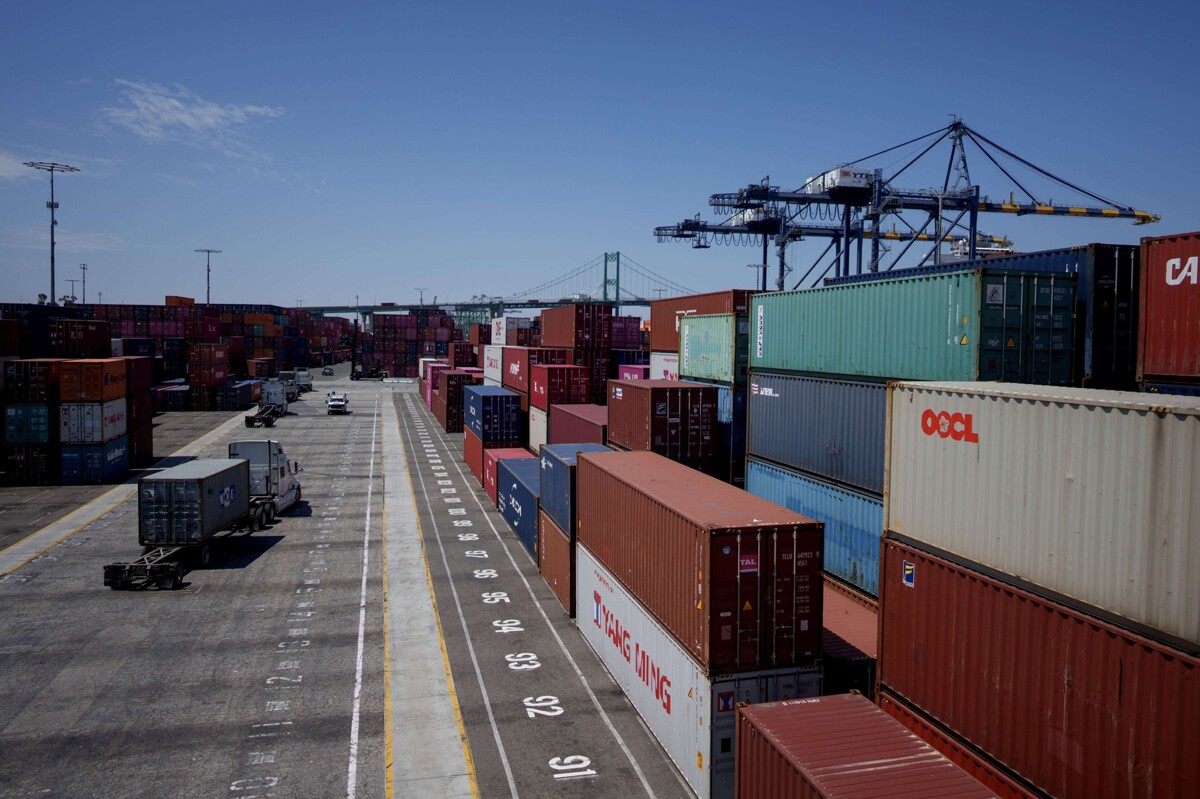
In January, the United States merchandise trade deficit significantly increased, reaching a record high due to a rise in imports ahead of tariffs imposed by President Donald Trump. According to data from the Department of Commerce, the goods trade deficit grew by 25.6 percent, reaching $153.3 billion, while exports increased by 2 percent, amounting to $172.2 billion, reflecting a rise in capital goods.
Monthly trade figures have gained greater economic and geopolitical relevance, as the Trump administration seeks to impose tariffs to promote domestic production, boost exports, and address what it considers unfair trade practices. Imports, driven by industrial supplies and consumer goods, registered an 11.9 percent increase, reaching a record $325.4 billion.
Economic experts point out that achieving the goal of reducing the trade deficit will be complicated, as moving production to the United States is not an easy task for companies. They also explain that the trade deficit is largely due to macroeconomic factors, such as high consumption rates in the U.S. and the strength of the dollar, which makes imports cheaper, partly due to its position as the preferred global reserve currency.
The increase in imports early in the year may be related to companies securing their shipments before the imposition of tariffs. Trump has already imposed tariffs on China and announced that tariffs on Canada and Mexico will soon take effect, along with additional tariffs on Chinese imports and other countries starting in April.














